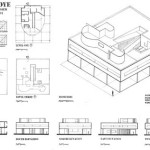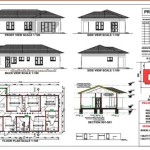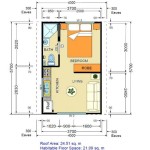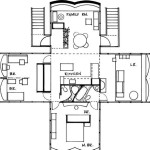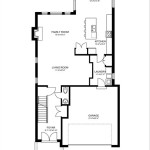Essential Aspects of Drawing Plans for House Addition
Expanding your home's living space through an addition is an exciting endeavor, but it requires careful planning and execution. Drawing accurate plans is a crucial step that lays the foundation for a successful outcome. Here are the essential aspects to consider when creating drawings for a house addition:
Existing Structure Assessment
Before designing an addition, thoroughly assess the existing structure's condition. Determine its foundation, framing, and utility capacity. This information will help you identify potential limitations and ensure the addition seamlessly integrates with the original building.
Site Analysis
Evaluate the property's size, shape, topography, and any existing structures, such as decks or patios. Consider the orientation of the addition in relation to sunlight, prevailing winds, and privacy concerns. Proper site analysis ensures the addition complements the existing architectural style and enhances the overall functionality of your home.
Code Compliance
Local building codes regulate the size, location, and design of additions. Familiarize yourself with the relevant codes and ensure that your plans adhere to these regulations. Failure to comply may result in costly revisions or delays during construction.
Functional Considerations
Determine the specific purpose of the addition and how it will enhance your lifestyle. Consider how the new space will connect to existing rooms, the flow of traffic, and the integration of utilities. Functionality should be at the forefront of your design, ensuring that the addition meets your current and future needs.
Material Selection
Drawing plans should indicate the materials to be used for the addition's exterior and interior finishes. Consider factors such as durability, weather resistance, aesthetics, and compatibility with the existing structure. Make informed decisions about building materials to ensure longevity and a cohesive appearance.
Utility Integration
Plan the integration of utilities, including electrical, plumbing, and HVAC systems, into the addition. Specify the location of outlets, switches, lighting fixtures, plumbing fixtures, and air conditioning units. Proper utility planning ensures functionality and efficient energy consumption.
Scale and Dimensions
Drawings must be accurately scaled and include precise dimensions of the addition. Indicate the overall footprint, room sizes, wall lengths, ceiling heights, and any structural features, such as stairs or columns. Accurate dimensions are crucial for precise construction and to avoid costly errors.
Professional Help
Consider seeking professional assistance from an architect or designer. They can provide expertise, ensure compliance with building codes, and create detailed drawings that meet your specific requirements. Professional plans also enhance the chances of obtaining building permits and streamline the construction process.

Important Considerations When Building A Home Addition The House Designers

One Room Home Addition Plans Bing Images Bedroom

Home Addition Plans Room Blueprint Garage Floor Plan

Sample Large Two Story Addition Pegasus Design To Build

Home Addition Plan 6236

A Sweet Master Suite Addition

Home Addition Plans Room Blueprint Garage Floor Plan

Sample Large Two Story Addition Pegasus Design To Build

Home Addition Plan 1125

Independent Living Home Addition Building Plans Plan 1


